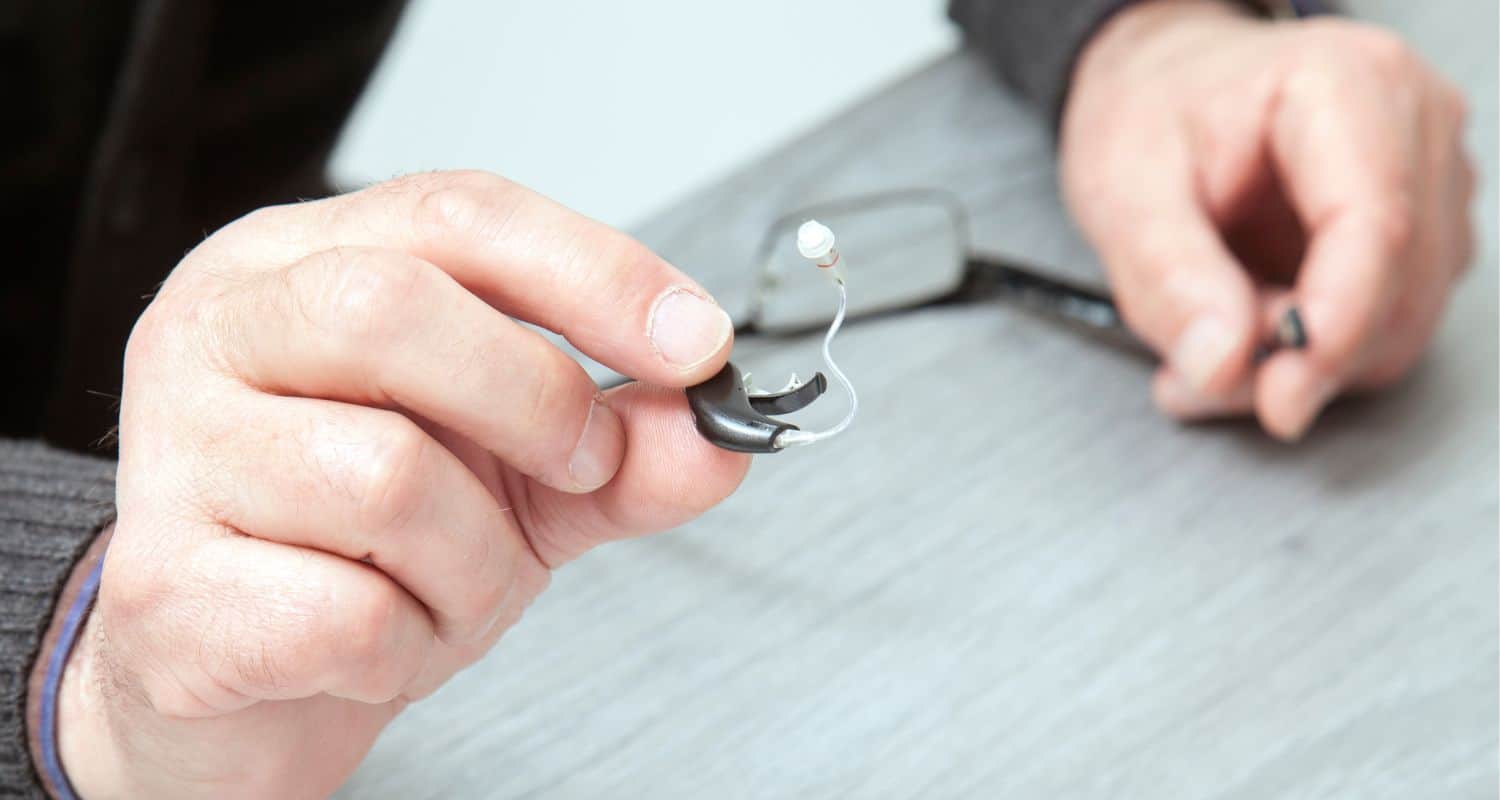
Gone are the days of the clunky “beige-colored” hearing devices that were the only option for those in need of hearing aids for many years.
Everything from how the device sits in the ear to the design and style can be chosen when picking new hearing aids. Let’s look at a few of the options available to users now.
BTE versus ITE Hearing Aids
Behind-the-ear (BTE) and in-the-ear (ITE) hearing aids are the two most commonly used styles. The names themselves describe how they appear.
The BTE hearing aid sits mostly on the back of the ear and connects to a small dome or mold sitting in the ear canal while ITE hearing aids sit in the ear canal. ITE hearing aids can be further distinguished by how small they are and how far they fit in the ear canal. There is either the in-the-canal (ITC) hearing aid, or the completely-in-the-canal (CIC) option. The CIC hearing aids will be smaller and sit deeper in the canal than the ITC version. People who prefer less visible hearing aids will appreciate this option, which is often less noticeable than other types.
Functionally speaking, there are pros and cons to both BTE and ITE hearing aids that should be considered along with the look when deciding which to choose. Everything from wearing glasses to hearing aid battery size as well as maintenance should be considered. For example, ITE hearing aids often require additional maintenance, as they are exposed to more ear wax buildup in the sensitive technology of the hearing aids. Our team will work with you to find the best option for your lifestyle and needs.
Invisible Hearing Aids
There are ever-changing ITE hearing aid options, including new types of hearing aids that sit even deeper in the ear canal near the ear drum. They are left in the ear for a certain time frame and replaced at some regular interval. These are good options for people who want a more invisible option as they are often not visible at all to others.
Colors and Designs
In addition to size, there are now various color and design choices. The different flesh tones used now make it possible to get them closer to your own. Some users also choose silver or black options that look similar to other wireless earpieces people wear.
In the pediatric hearing aid options, there are colors and patterns available to make children more excited to wear them. In some cases, these colors are available for adults as well. Furthermore, there are communities online of parents with children who wear hearing aids that design and make hearing accessories in order to make hearing aids more fun for their kids.
Hearing aids are generally more sleek than in the past as well. As technology has advanced, both BTE and ITE designs are narrower and smaller than ever before. These designs are not only more stylish but make them more comfortable and less cumbersome.
Improved Function
Style goes beyond the look, and the best news is: today’s hearing aids have sophisticated and advanced technology. While it’s important to note that the ultimate function – correcting hearing impairment, – has drastically improved, so too have the other capabilities.
Hearing aids now can have different settings that can be programmed for various environments. For instance, in a restaurant, you could use a setting that allows you to reduce background noise and amplify the person facing you and talking.
Another big update to hearing aids is the option to include Bluetooth technology. Now, while wearing your hearing aids, you can connect to phone calls or listen to music – similar to the way someone without hearing aids uses earbuds.
Treating Hearing Loss with Hearing Aids
Ultimately, whether smaller and less visible or colorful and sleek, your choice of hearing aids is a personal one. Hearing aids can require commitment and time when adjusting to wearing them. Therefore, finding hearing aids that feel and fit comfortably as well as look good can help the user commit to using them. If you suspect you have hearing loss or are considering new hearing aids, contact us today to learn more about your options!
